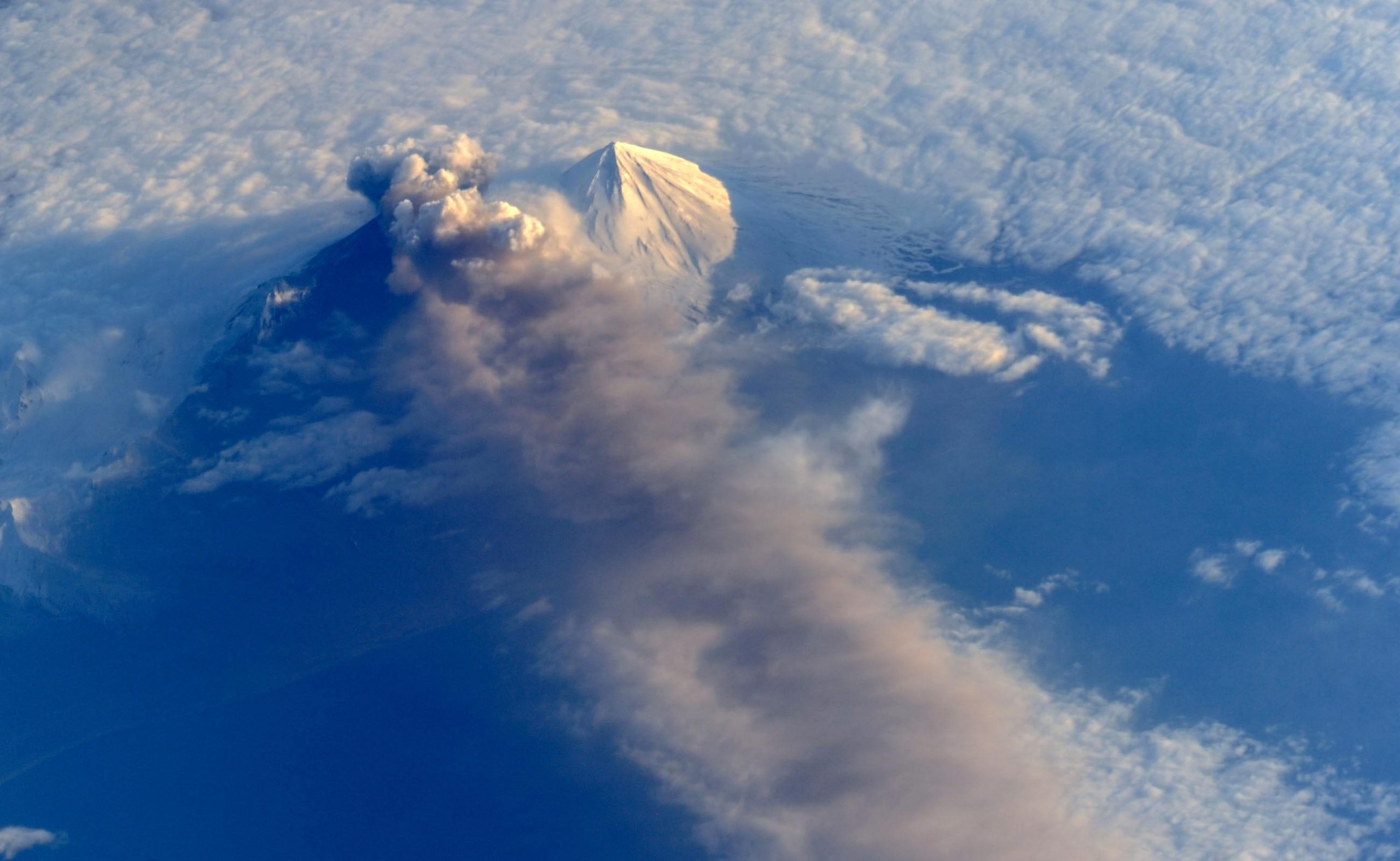
By studying how carbon behaves in the deep Earth, which houses the majority of our planet’s carbon, scientists can better understand the entire lifecycle of carbon on Earth, and how it flows between the atmosphere, oceans, and life at the surface.
The best-understood parts of the carbon cycle are at or near Earth’s surface, but deep carbon stores play a key role in maintaining the habitability of our planet by regulating atmospheric CO2 levels.“We currently have a relatively good understanding of the surface reservoirs of carbon and the fluxes between them, but know much less about Earth’s interior carbon stores, which cycle carbon over millions of years,†said lead author Stefan Farsang, who conducted the research while a PhD student at Cambridge’s Department of Earth Sciences.
There are a number of ways for carbon to be released back to the atmosphere (as CO2) but there is only one path in which it can return to the Earth’s interior: via plate subduction.Here, surface carbon, for instance in the form of seashells and micro-organisms which have locked atmospheric CO2 into their shells, is channeled into Earth’s interior.
But the new study reveals that chemical reactions taking place in rocks swallowed up at subduction zones trap carbon and send it deeper into Earth’s interior — stopping some of it coming back to Earth’s surface.
Reference: “Deep carbon cycle constrained by carbonate solubility” by Stefan Farsang, Marion Louvel, Chaoshuai Zhao, Mohamed Mezouar, Angelika D.July 25, 2021July 25, 2021July 25, 2021July 25, 2021July 25, 2021